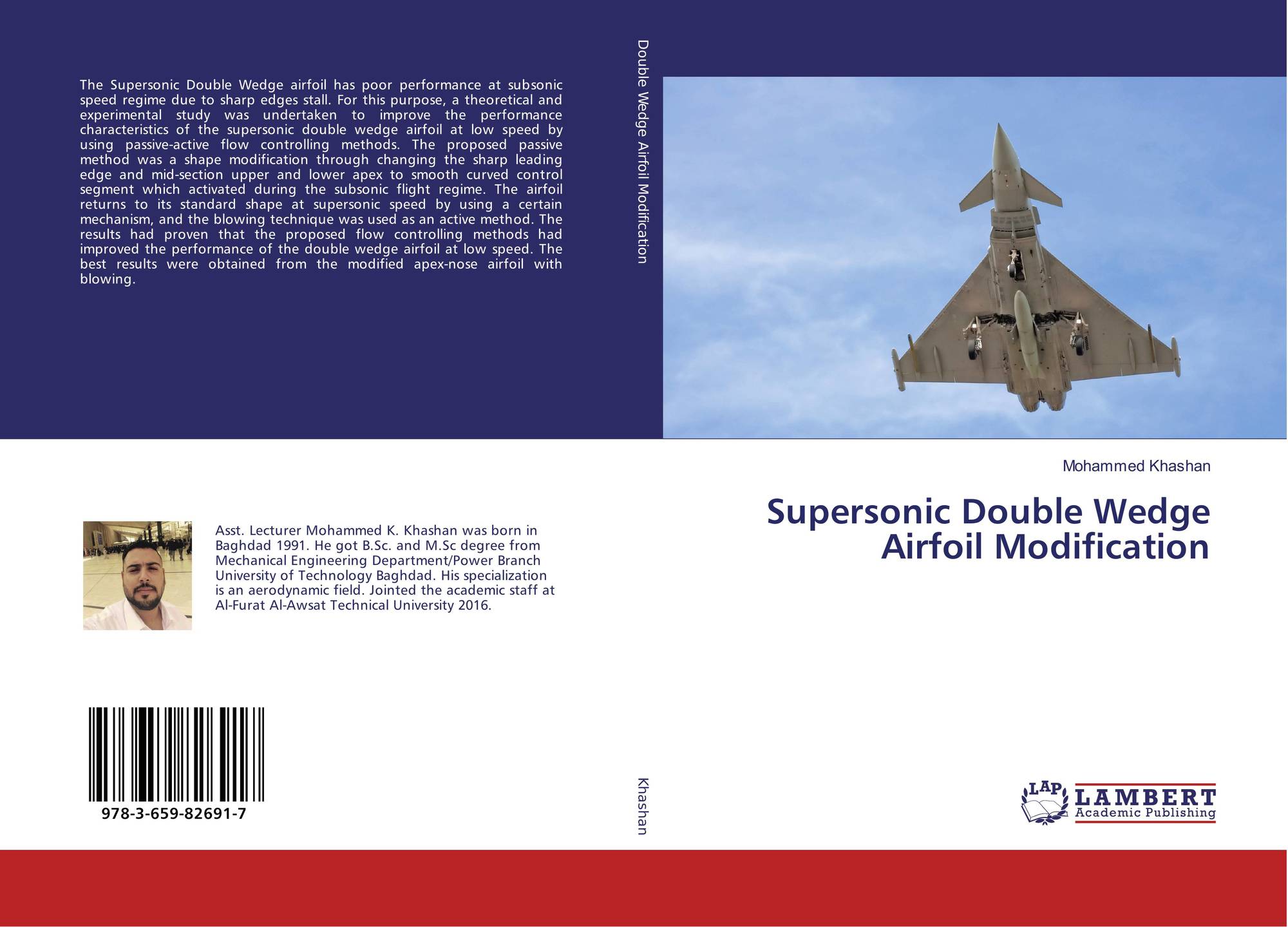

Supersonic flight is associated with the formation of shock waves that form a sonic boom that can be heard from the ground, and is frequently startling. Supersonic flight is flight faster than the speed of sound. An aircraft wing is sometimes called an airfoil, which is a device that creates lift when air flows across it. There are different types of wings: tempered, semi-tempered, sweptback, rectangular and elliptical. In an airplane, lift is created by the wings the shape of the wings of the airplane are designed specially for the type of flight desired. Another form of mechanical flight is para-sailing where a parachute-like object is pulled by a boat. These machines include aircraft such as airplanes, gliders, helicopters, autogyros, airships, balloons, ornithopters as well as spacecraft. Mechanical flight is the use of a machine to fly. Mechanical flight: A Robinson R22 Beta helicopter Insect flight makes use of either of two basic aerodynamic models: creating a leading edge vortex, found in most insects, and using clap and fling, found in very small insects such as thrips. Most species of insects can fly as adults. Most small flightless birds are native to small islands, and lead a lifestyle where flight would offer little advantage.Īmong living animals that fly, the wandering albatross has the greatest wingspan, up to 3.5 meters (11 feet) the great bustard has the greatest weight, topping at 21 kilograms (46 pounds). The non-flying penguins have wings adapted for use under water and use the same wing movements for swimming that most other birds use for flight. The largest birds, the ostrich and the emu, are earthbound, as were the now-extinct dodos and the Phorusrhacids, which were the dominant predators of South America in the Cenozoic era.

Most birds fly ( see bird flight), with some exceptions. The longest recorded flight of a flying fish was 45 seconds. It is thought that this ability was chosen by natural selection because it was an effective means of escape from underwater predators. "Flying" snakes also use mobile ribs to flatten their body into an aerodynamic shape, with a back and forth motion much the same as they use on the ground.įlying fish can glide using enlarged wing-like fins, and have been observed soaring for hundreds of meters. Flying frogs use greatly enlarged webbed feet for a similar purpose, and there are flying lizards which fold out their mobile ribs into a pair of flat gliding surfaces.

However, there are several gliding mammals which are able to glide from tree to tree using fleshy membranes between their limbs some can travel hundreds of meters in this way with very little loss in height. The wings of the flying vertebrate groups are all based on the forelimbs, but differ significantly in structure those of insects are hypothesized to be highly modified versions of structures that form gills in most other groups of arthropods.īats are the only mammals capable of sustaining level flight. Each of these groups' wings evolved independently.

The extinct Pterosaurs, an order of reptiles contemporaneous with the dinosaurs, were also very successful flying animals. The only groups of living things that use powered flight are birds, insects, and bats, while many groups have evolved gliding. However most other birds and all powered aircraft need a source of propulsion to climb. Some other things can exploit rising air to climb such as raptors (when gliding) and man-made sailplane gliders. Some things that fly don't generate propulsive thrust through the air, for example, the flying squirrel. Aerodynamic flight Unpowered flight versus powered flight By contrast, aerodynes primarily use aerodynamic lift, which requires the lateral movement of at least some part of the aircraft through the surrounding air mass.
#VURDS THAT FLY AT SUBSONIC SPEED SKIN#
An aerostat's main structural component is its envelope, a lightweight skin that encloses a volume of lifting gas to provide buoyancy, to which other components are attached.Īerostats are so named because they use "aerostatic" lift, a buoyant force that does not require lateral movement through the surrounding air mass to effect a lifting force.
#VURDS THAT FLY AT SUBSONIC SPEED FREE#
Aerostats include free balloons, airships, and moored balloons. An aerostat is a system that remains aloft primarily through the use of buoyancy to give an aircraft the same overall density as air.


 0 kommentar(er)
0 kommentar(er)
